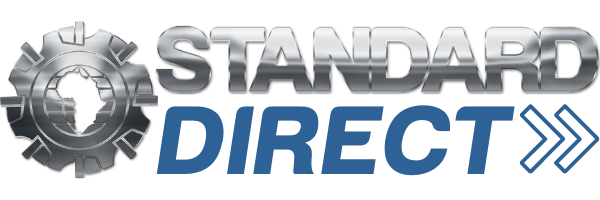Miraco 3d Scanner now under $2000...
Miraco 3d Scanner now under $2000...
Introducing the STANDARD EHS-160B CNC Horizontal Boring Mill, your solution for precision machining needs.
Engineered with excellence, this mill boasts a robust Ø160mm spindle paired with a square ram design, ensuring stability and accuracy in every operation.
Equipped with a comprehensive array of axes including X, Y, Z, B, W, and V, this machine offers unparalleled versatility, enabling you to tackle a wide range of projects with ease. Whether you're working on intricate components or larger-scale pieces, the STANDARD EHS-160B delivers consistent results, every time.
Designed for efficiency and reliability, this CNC Horizontal Boring Mill streamlines your workflow, maximizing productivity without compromising on quality. Its intuitive interface and advanced controls empower operators of all skill levels to achieve exceptional outcomes with minimal effort.
Crafted with precision engineering and built to exacting standards, the STANDARD EHS-160B embodies durability and longevity, ensuring years of dependable service for your machining needs. Backed by our commitment to excellence and customer satisfaction, this mill is ready to elevate your manufacturing capabilities to new heights.
Invest in the STANDARD EHS-160B CNC Horizontal Boring Mill and experience the difference in performance, precision, and reliability. Unlock endless possibilities for your machining endeavors with this exceptional tool.
Delivery is 16-24 Weeks from Deposit
Using a CNC Horizontal Boring Mill involves several key steps:
1. Machine Setup:
2. Tool Setup:
*Information shown may differ or change without warning*
Machine Specialists
International Sales
Online Support
Superiors Quality Products
Introducing the STANDARD EHS-160B CNC Horizontal Boring Mill, your solution for precision machining needs.
Engineered with excellence, this mill boasts a robust Ø160mm spindle paired with a square ram design, ensuring stability and accuracy in every operation.
Equipped with a comprehensive array of axes including X, Y, Z, B, W, and V, this machine offers unparalleled versatility, enabling you to tackle a wide range of projects with ease. Whether you're working on intricate components or larger-scale pieces, the STANDARD EHS-160B delivers consistent results, every time.
Designed for efficiency and reliability, this CNC Horizontal Boring Mill streamlines your workflow, maximizing productivity without compromising on quality. Its intuitive interface and advanced controls empower operators of all skill levels to achieve exceptional outcomes with minimal effort.
Crafted with precision engineering and built to exacting standards, the STANDARD EHS-160B embodies durability and longevity, ensuring years of dependable service for your machining needs. Backed by our commitment to excellence and customer satisfaction, this mill is ready to elevate your manufacturing capabilities to new heights.
Invest in the STANDARD EHS-160B CNC Horizontal Boring Mill and experience the difference in performance, precision, and reliability. Unlock endless possibilities for your machining endeavors with this exceptional tool.
Delivery is 16-24 Weeks from Deposit
Using a CNC Horizontal Boring Mill involves several key steps:
1. Machine Setup:
2. Tool Setup:
*Information shown may differ or change without warning*
